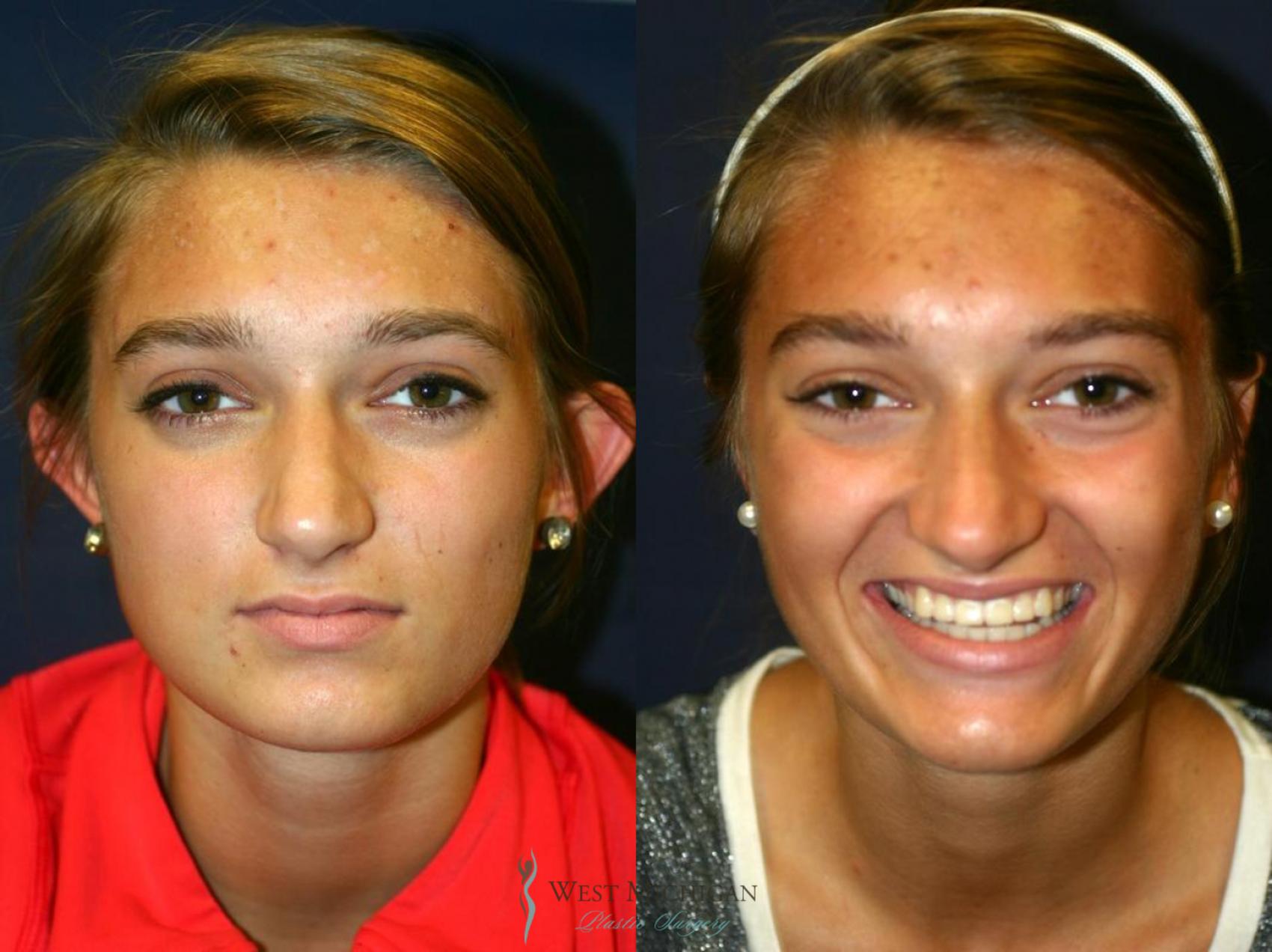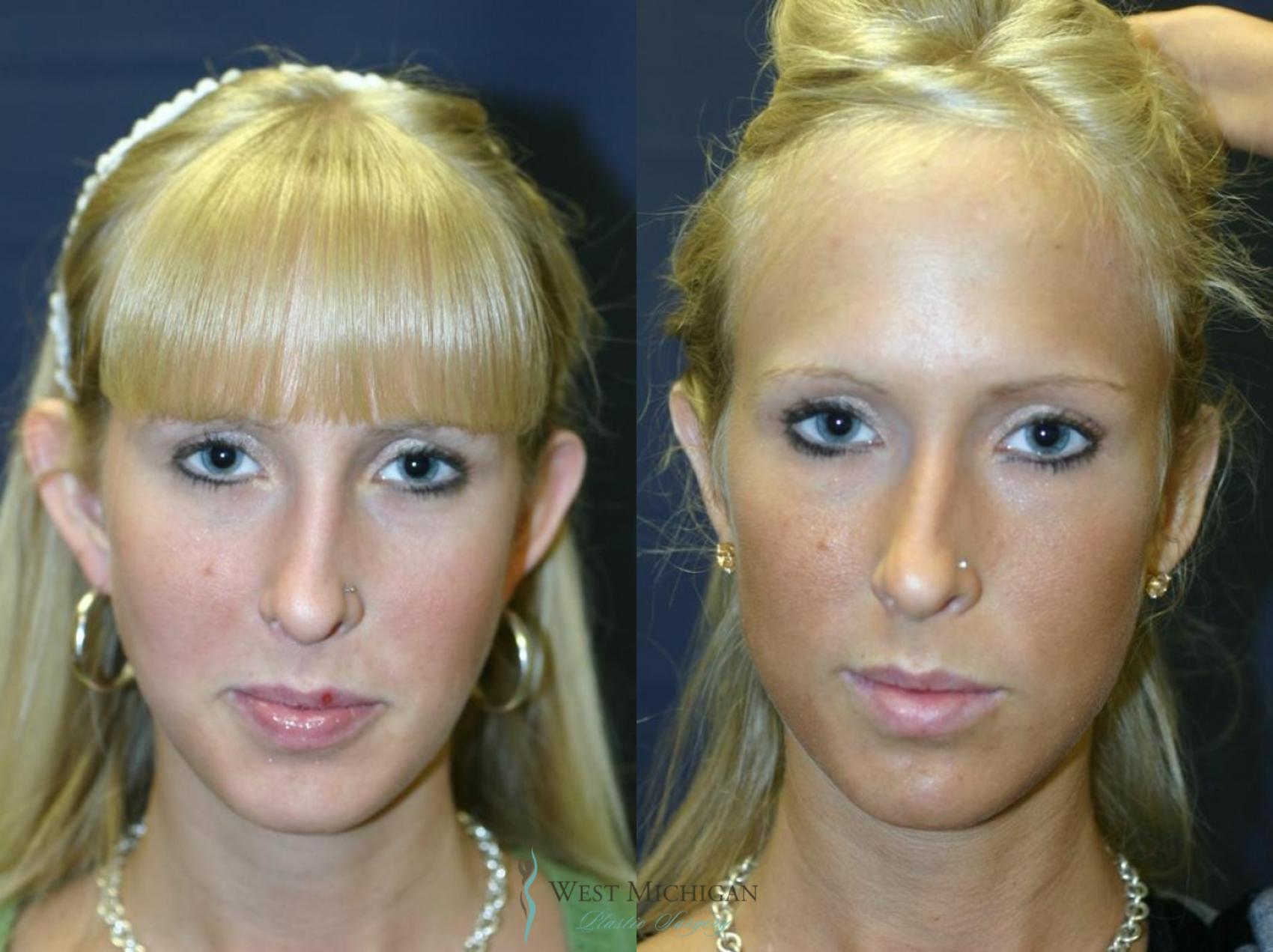West Michigan Plastic Surgery
8175 Creekside Drive, Suite 100
Portage, MI 49024
Phone: (269) 222-1611
Monday–Thursday: 8 a.m.–5 p.m.
Friday: 8 a.m.–4 p.m.
West Michigan Plastic Surgery
3035 Capital Ave SW, Suite 110
Battle Creek, MI 49015
Phone: (269) 222-1611
Tuesday: 8 a.m.–5 p.m.
Friday: 12:30 p.m.–4 p.m.
Contour And Reshape Your Ears
Ears that stand out more than 2 centimeters from the side of the head are considered protruding or prominent. While there are usually no functional problems associated with protruding ears, there are often psychosocial effects. Children with protruding ears often suffer from low self-esteem and are teased and bullied by their peers. Thankfully, ear surgery can help.
Dr. Scott Holley is a board-certified plastic surgeon that performs ear surgery on both children and adults in Kalamazoo and Grand Rapids. Dr. Holley’s goal with ear surgery is to ensure that the size, shape, and projection of the ears look natural.
What Is Ear Surgery?
Ear surgery, also known as otoplasty or ear pinning surgery is a cosmetic procedure that is done to improve the position, size, or shape of the ears. Ear pinning surgery may also be performed to correct a birth defect such as lop ear or cup ear, repair an injury to the ear or correct overstretched ears.
Otoplasty is typically performed on children between the ages of 5-15 years. The ears usually reach their full size by the age of 5.
Candidates For Ear Surgery
Children or adults who are dissatisfied with their ears because they are overly large or stick out at the side of the face are generally good candidates for otoplasty. Candidates should also be healthy and have realistic expectations of surgery.
How Does It Work?
Otoplasty is an outpatient procedure that is done under local or general anesthesia.
During otoplasty, a small incision is made at the back of the ear within the natural fold. Depending on the issue being addressed the cartilage may be folded back and pinned closer to the head using internal sutures, or a small amount of cartilage may be removed. Folding the cartilage makes the ears look more normal since they lie flatter against the head.
The head is typically bandaged for 2 days after ear pinning surgery to help with healing and protect the ears.
Results
The ears won’t always match perfectly after otoplasty, but they will certainly look more normal and symmetric. A noticeable improvement will be immediate.
Recovery
The ears may throb and ache after surgery but medication can help alleviate the discomfort. Children are usually able to go back to school about 7 days after surgery and adults can return to work within 3-5 days. A headband is often advised while sleeping for 2 weeks following surgery.
FAQs About Ear Surgery
Are there any risks associated with ear surgery?
As with all types of surgery, there are potential risks associated with ear pinning surgery and these may include bleeding, infection, recurrence of abnormal shape, or adverse anesthesia reactions.
How should I plan for ear surgery?
Parents should be sensitive to the needs and desires of their child and not opt for ear pinning surgery until they are ready to have the procedure done. In your initial consultation, your surgeon will do an evaluation to determine if your child would be a good candidate for surgery. Otoplasty is not typically performed on children younger than 5 as the ear may not be fully developed. Adults seeking ear surgery commonly present in their 20’s or early 30’s.
What anesthesia is used for ear surgery?
General anesthesia is recommended for very young children, but older children and adults can have surgery under local anesthesia.





